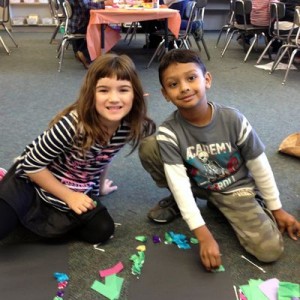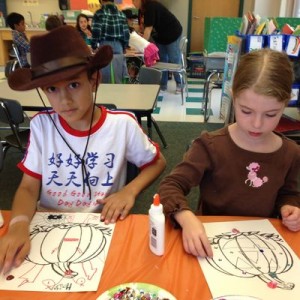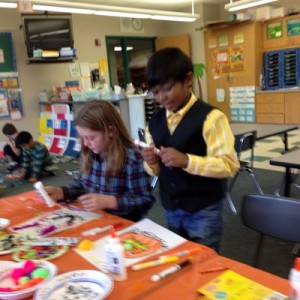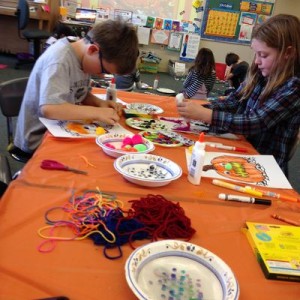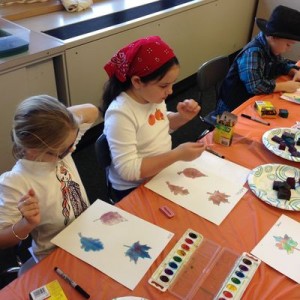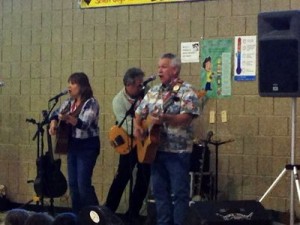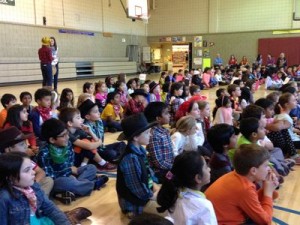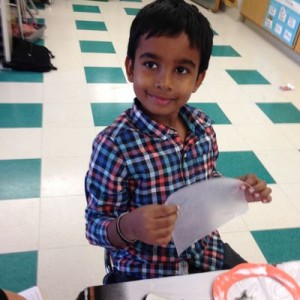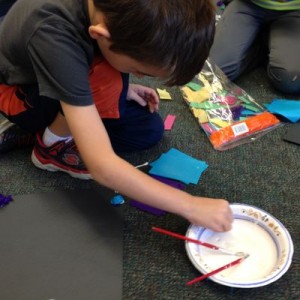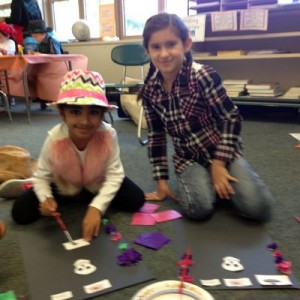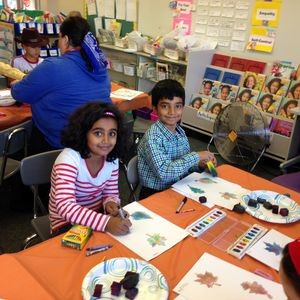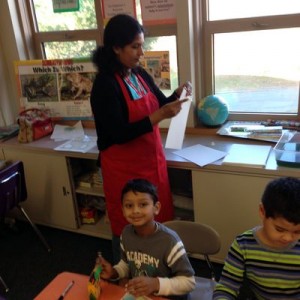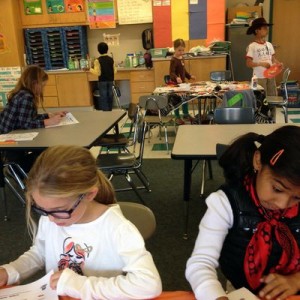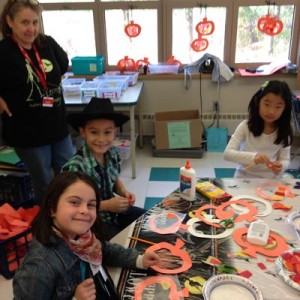Posted by kavery508 | Posted in Uncategorized | Posted on November 30, 2015
I hope you all had a wonderful holiday! I spent mine in York Harbor with family and friends. I’m thankful indeed for all that I have, including this great bunch of students and families!
This week marks the end of Trimester 1: we’re 1/3 of the way to grade 3! Students will be taking end-of-term assessments in writing, reading, math, science, and social studies. To tell if papers sent home are assessments, look for a number score (e.g. 8/10) or a proficiency score (e.g. 3-Proficient) on the top.
 Our thorough examination of bar modeling is paying off! Students are becoming adept at relating them to parts-and-total problems, using them to make sense of problems, and understanding numbers involved by drawing them bars with appropriate scale. This week we are learning to use bar models to make sense of comparison problems. The model looks different from before because our thinking about solving the problem should be different. For example, consider this problem:
Our thorough examination of bar modeling is paying off! Students are becoming adept at relating them to parts-and-total problems, using them to make sense of problems, and understanding numbers involved by drawing them bars with appropriate scale. This week we are learning to use bar models to make sense of comparison problems. The model looks different from before because our thinking about solving the problem should be different. For example, consider this problem:
Notice how setting up the model this way shows understanding of what “more than” means. Using our knowledge of the parts-and-total bar model previously taught, it makes it easy for kids to see that what is required to solve this problem is addition.
The same can be said of using modeling to make sense of “less than” problems:
Students who set up the problem correctly can immediately see that Susan’s amount is smaller than Rosa’s, and that subtraction is called for to solve it. Like a parts-and-total frame, we subtract the part (157) from the total (824) to get the remaining part. See how helpful a tool bar modeling is?
A note on homework: This week’s homework comes with a review and explanation of the 3 kinds of bar models taught. Students should refer to the directions and to the additional insert in the homework resources folder if needed. We have modified the bar model process slightly from the examples in the book, notably by teaching children to write the numbers inside the bars and empty spaces, and only using brackets to show a “total.”
 Our reading focus is on learning to use nonfiction text features to make sense of informative texts. Think about a magazine article you’ve recently seen. As accomplished readers, we never just dive in and hope we understand by the end of it; yet, that’s often what kids will do. Instead, we read and think about the title, headings and subheadings, pictures, diagrams, captions, maps, and all the other things that make concepts more comprehensible, all while relating them back to the main idea. This week we will learn many of these features, go hunting for them in text, and use them to improve comprehension. This Reading Mama’s blog puts it well (and is a good source for learning many elements of reading): http://thisreadingmama.com/comprehension/non-fiction/non-fiction-text-structure/
Our reading focus is on learning to use nonfiction text features to make sense of informative texts. Think about a magazine article you’ve recently seen. As accomplished readers, we never just dive in and hope we understand by the end of it; yet, that’s often what kids will do. Instead, we read and think about the title, headings and subheadings, pictures, diagrams, captions, maps, and all the other things that make concepts more comprehensible, all while relating them back to the main idea. This week we will learn many of these features, go hunting for them in text, and use them to improve comprehension. This Reading Mama’s blog puts it well (and is a good source for learning many elements of reading): http://thisreadingmama.com/comprehension/non-fiction/non-fiction-text-structure/
And you can practice using nonfiction text features to improve comprehension with your child by using magazines, websites, informational books, and at http://kids.nationalgeographic.com.
 In social studies, we are improving our knowledge of map skills by exploring the concept of symbols and map keys. We will then apply this knowledge, along with considerations of orientation, scale, direction, and view, as we create maps of our recess blacktop.
In social studies, we are improving our knowledge of map skills by exploring the concept of symbols and map keys. We will then apply this knowledge, along with considerations of orientation, scale, direction, and view, as we create maps of our recess blacktop.
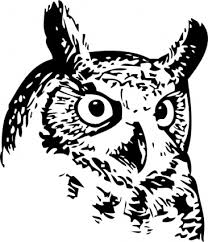 Our life science work wraps up this week by teaching students to research information. Students have chosen a nocturnal animal in order to study its adaptations. They will read with a question in mind; tag relevant information; use organizers to write their ideas; and create a poster with realistic drawings, labels, and descriptions. Smart!
Our life science work wraps up this week by teaching students to research information. Students have chosen a nocturnal animal in order to study its adaptations. They will read with a question in mind; tag relevant information; use organizers to write their ideas; and create a poster with realistic drawings, labels, and descriptions. Smart!

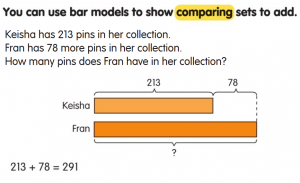
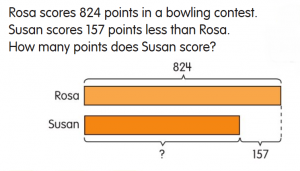
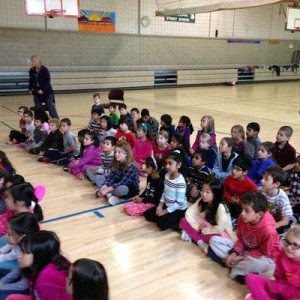
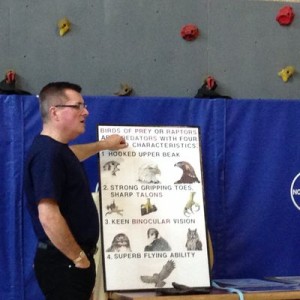
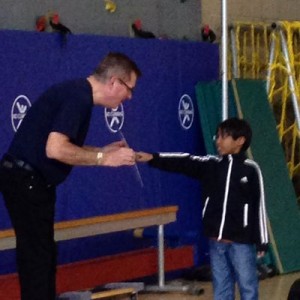
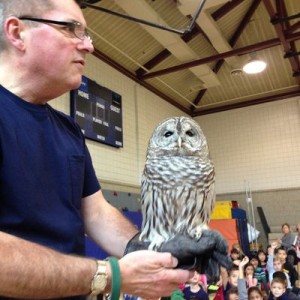
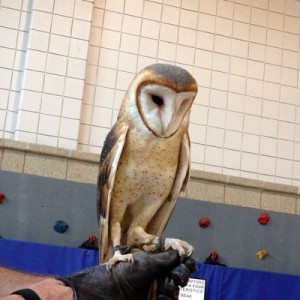
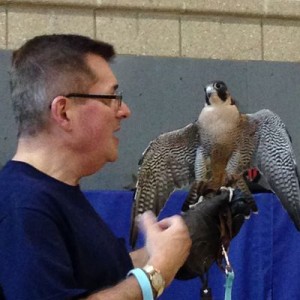
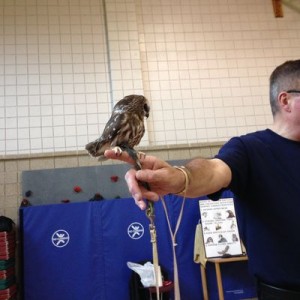

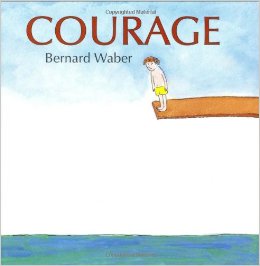
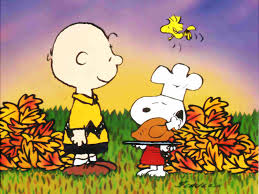
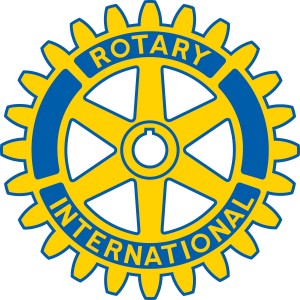
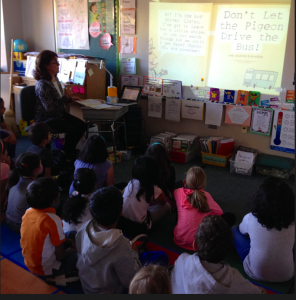
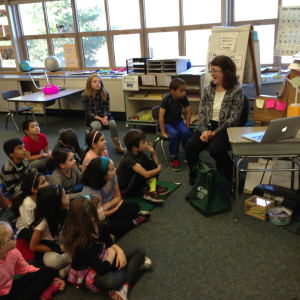
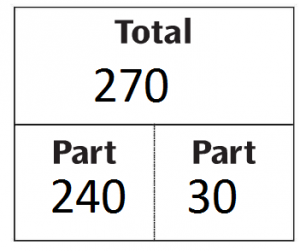
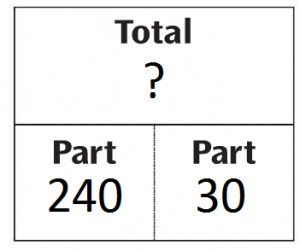
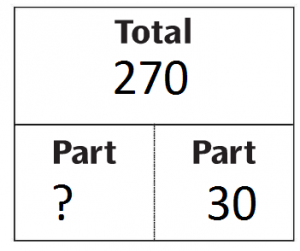
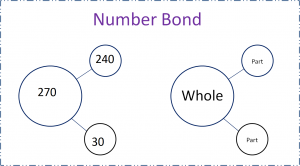
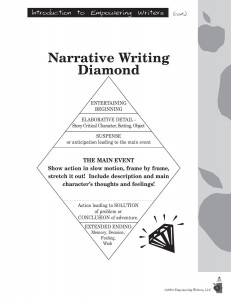 As part of our work with writing narratives, students went on “sensory walk” on the Nature Trail. We then learned to describe our experiences with carefully chosen words: brown wrinkled oak leaves; the gurgling sound of rushing water; spiky green moss smelling of fresh corn; etc. Students then wrote their own descriptive paragraphs that put the reader in the picture instead of just naming objects seen and heard.
As part of our work with writing narratives, students went on “sensory walk” on the Nature Trail. We then learned to describe our experiences with carefully chosen words: brown wrinkled oak leaves; the gurgling sound of rushing water; spiky green moss smelling of fresh corn; etc. Students then wrote their own descriptive paragraphs that put the reader in the picture instead of just naming objects seen and heard.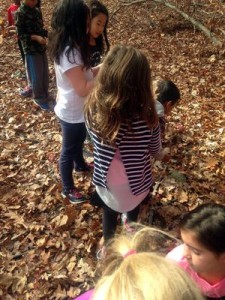
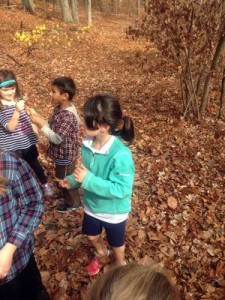
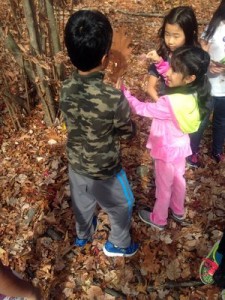
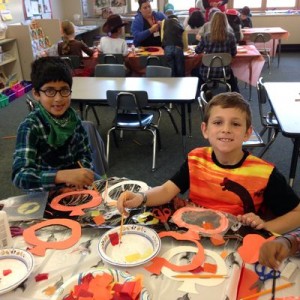
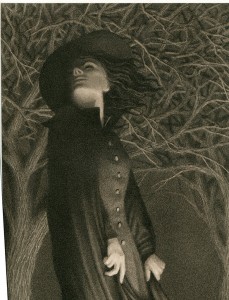
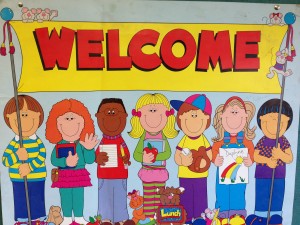
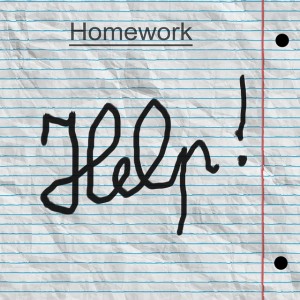 Homework notes:
Homework notes: